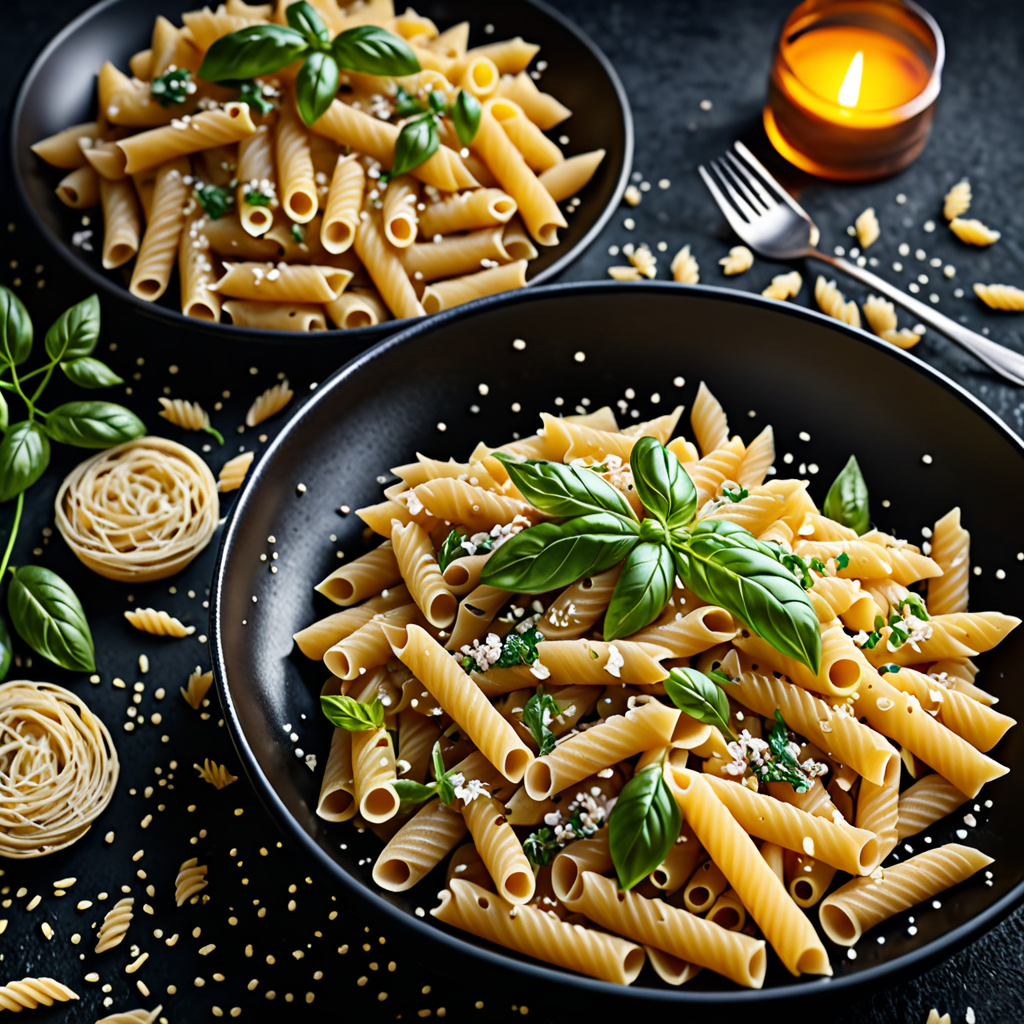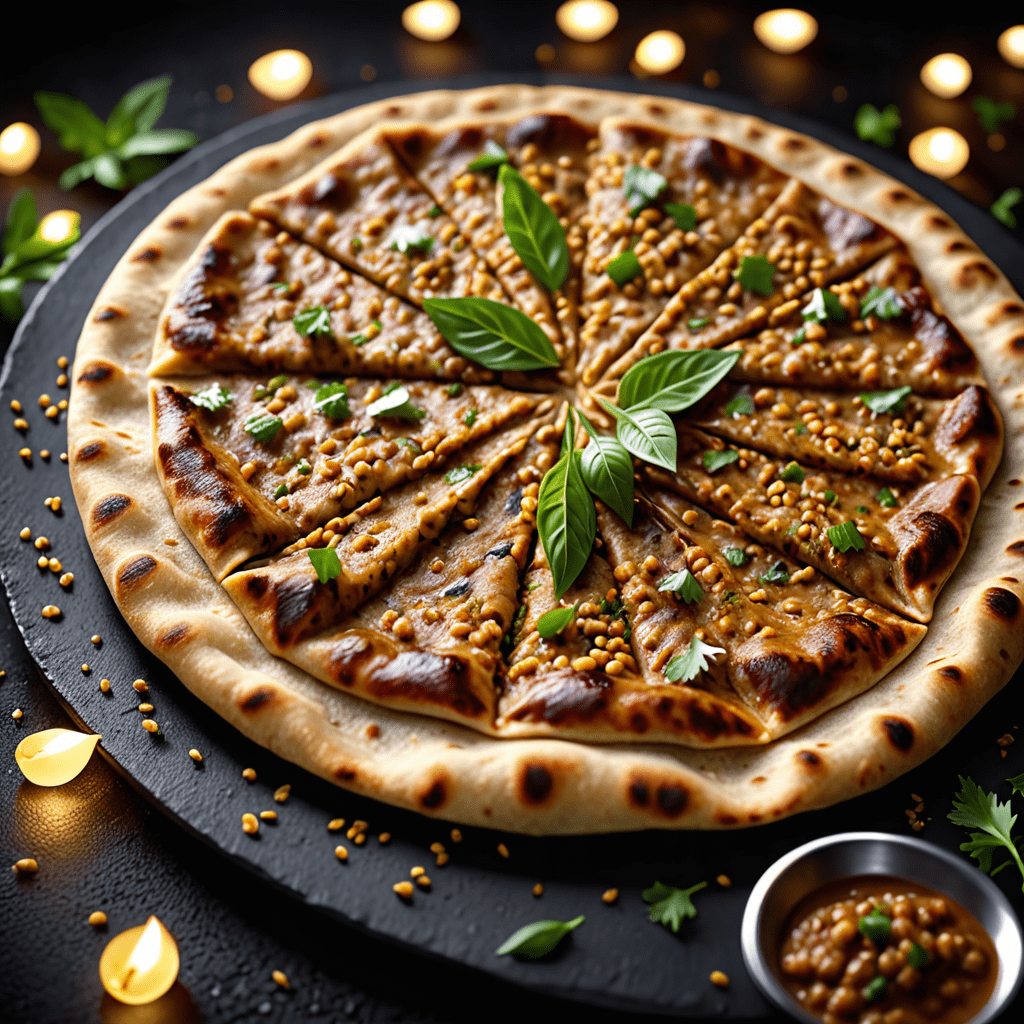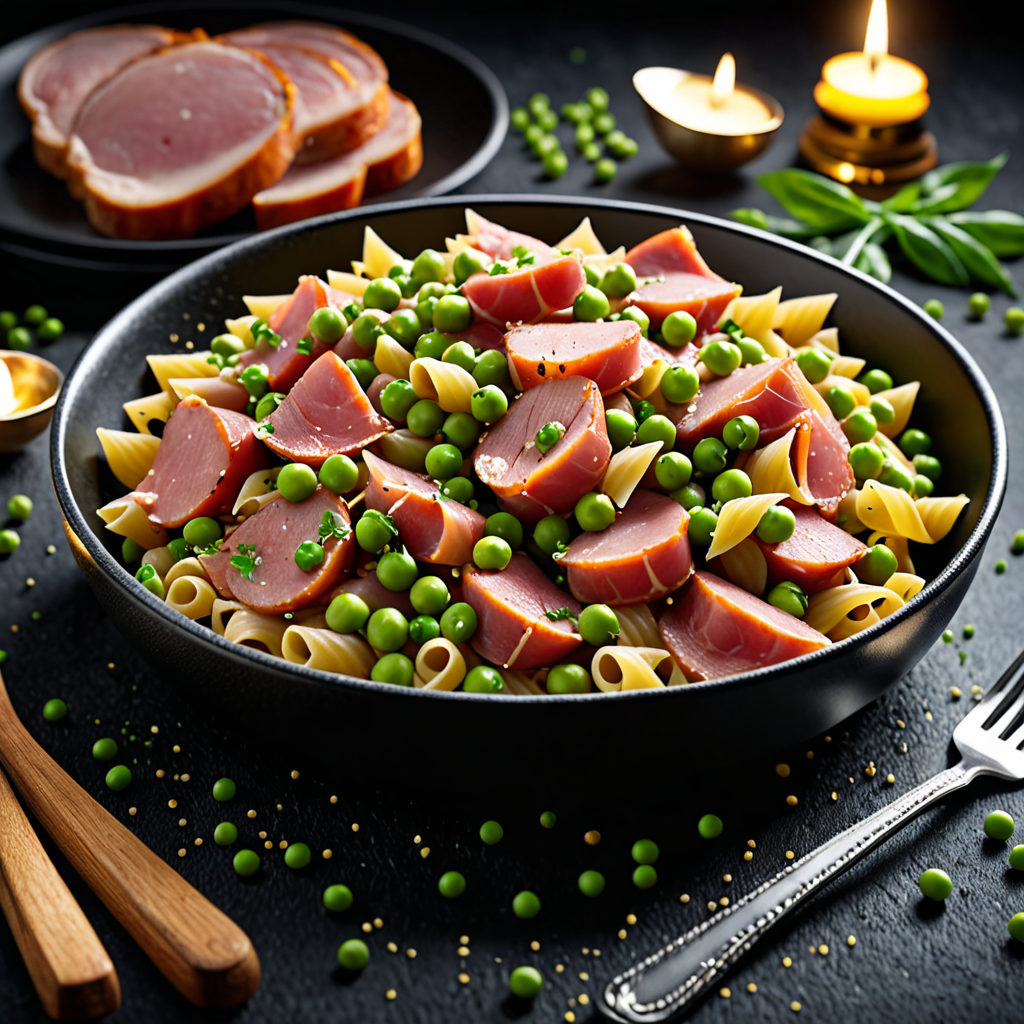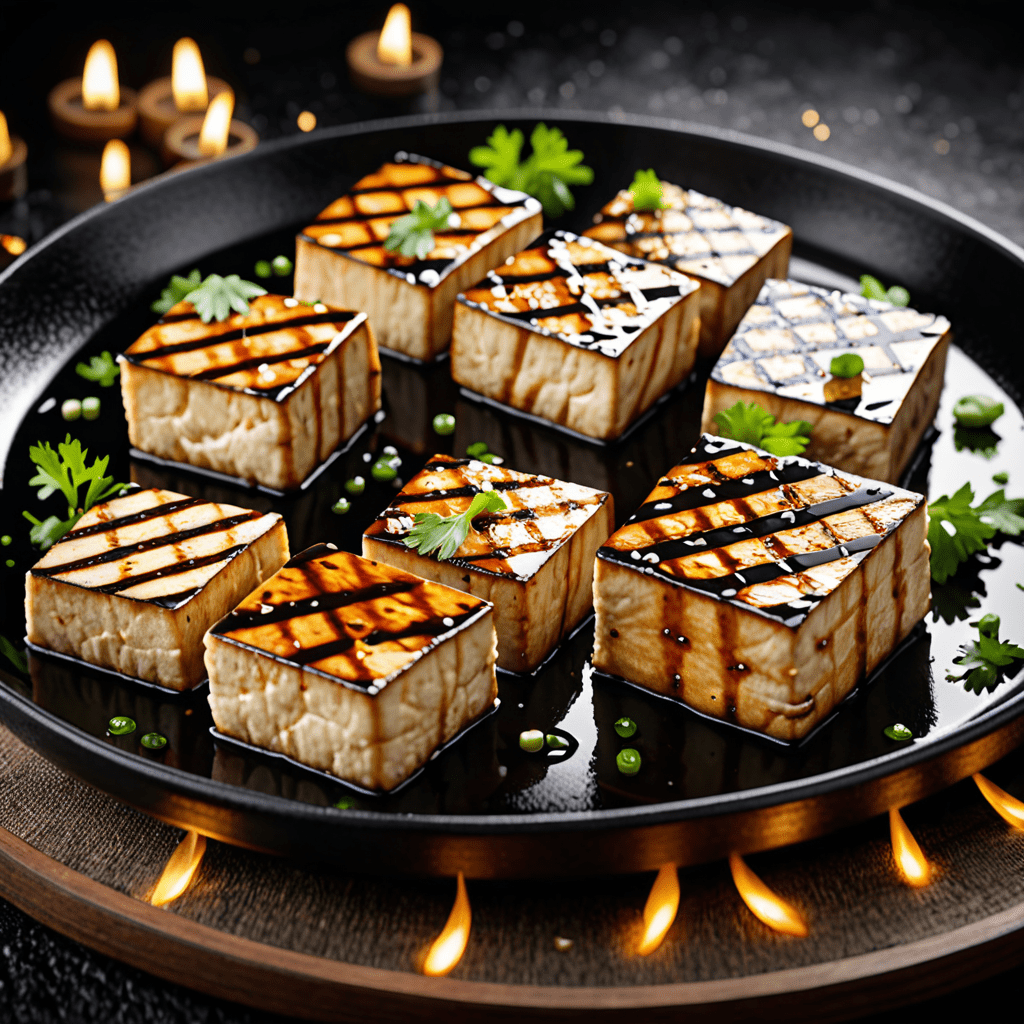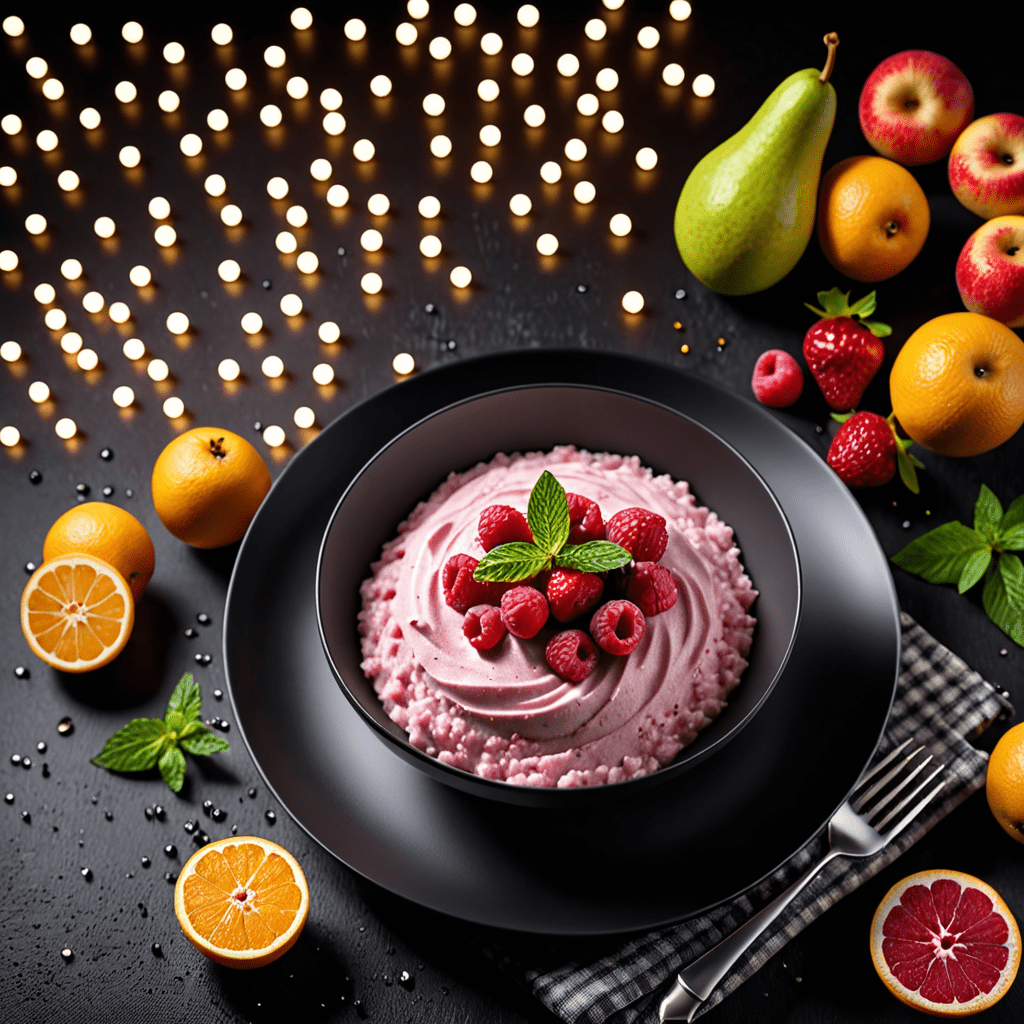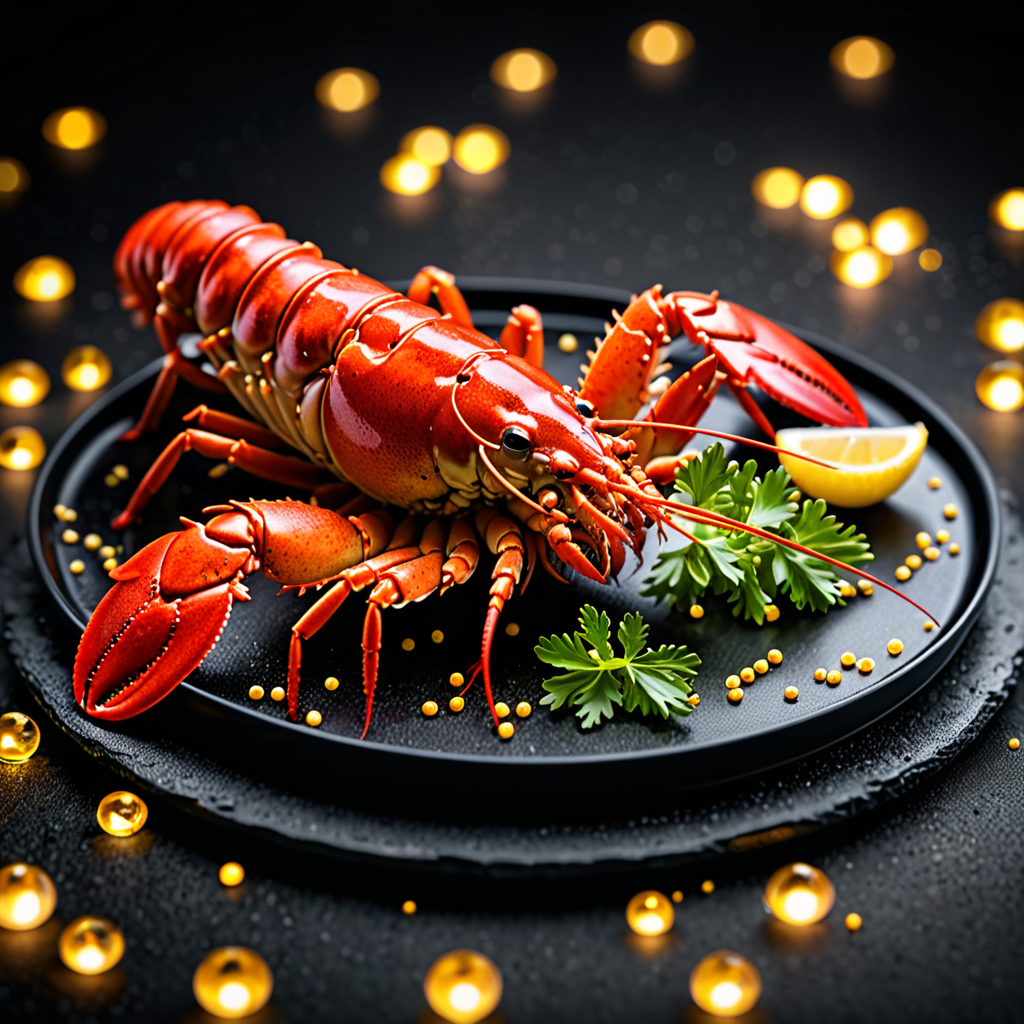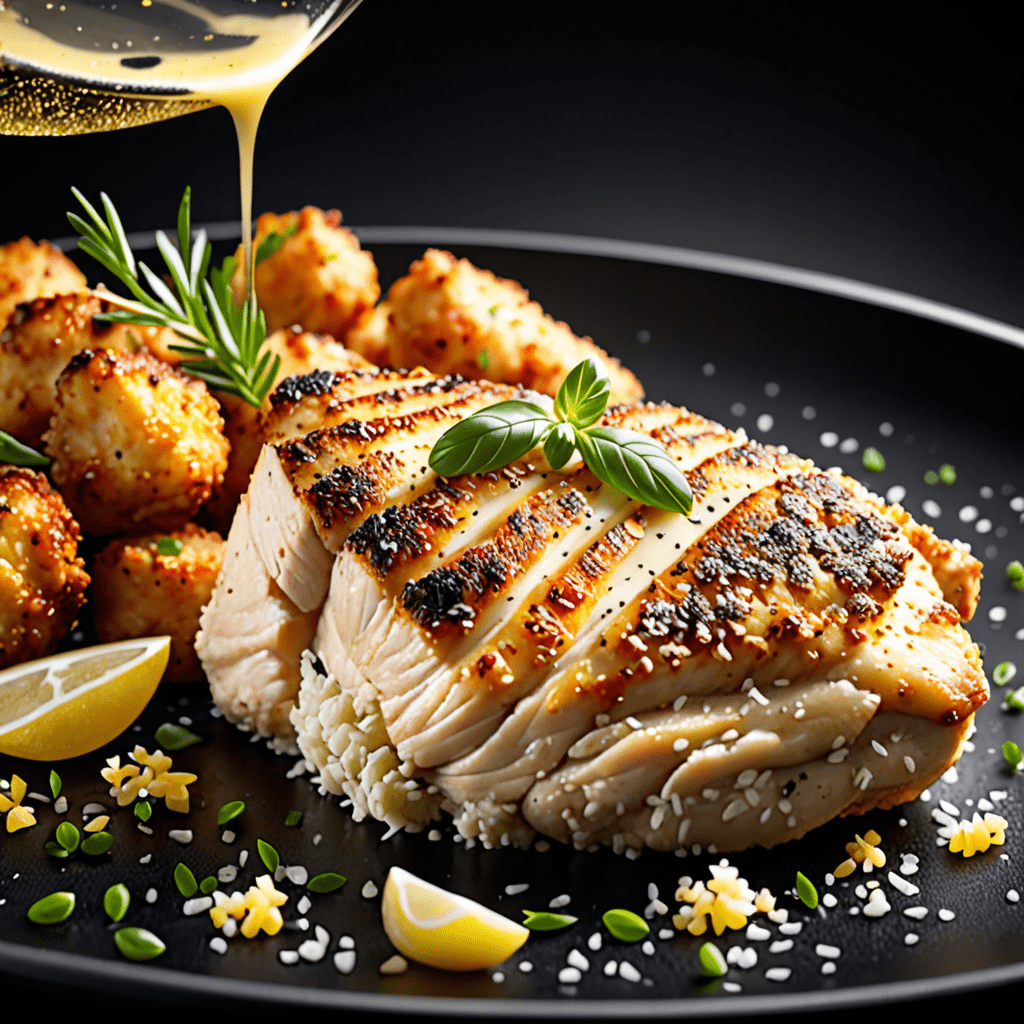“How to Make Delicious Vegan Pasta Dough at Home”
How to Make Delicious Vegan Pasta Dough at Home
Whether you’re a dedicated vegan or simply looking to incorporate more plant-based meals into your diet, making your own vegan pasta dough at home is a fantastic way to elevate your culinary skills. With just a few simple ingredients, you can create fresh and flavorful pasta dough that rivals the traditional version. In this article, we’ll walk you through the process of making vegan pasta dough from scratch. Get ready to impress your family and friends with your homemade pasta!
Ingredients
To make vegan pasta dough, you’ll need the following ingredients:
- 2 cups of all-purpose flour
- 1/2 teaspoon of salt
- 3 tablespoons of olive oil
- 1/2 cup of water
Feel free to experiment with different types of flour, such as whole wheat or semolina, for added flavor and texture. Additionally, you can add herbs and spices to the dough to give it an extra kick.
Directions
- In a large mixing bowl, combine the all-purpose flour and salt. Create a well in the center of the mixture.
- Pour the olive oil into the well and gradually incorporate it into the flour using a fork or your hands. The mixture should resemble coarse crumbs.
- Slowly add the water, a little at a time, and continue to mix until the dough starts to come together.
- Once the dough forms a rough ball, transfer it to a clean, lightly floured surface.
- Knead the dough for about 5-7 minutes, or until it becomes smooth and elastic. This process helps develop the gluten, giving the pasta a desirable texture.
- Shape the dough into a ball and wrap it in plastic wrap. Allow it to rest at room temperature for at least 30 minutes. This step is crucial for the gluten to relax and for the dough to become easier to roll out.
- After the resting period, divide the dough into smaller portions. Using a rolling pin or pasta machine, roll out each portion to your desired thickness.
- Cut the rolled-out dough into your preferred pasta shape, such as linguine, fettuccine, or ravioli.
- Cook the pasta in a large pot of boiling water for a few minutes, or until al dente. Vegan pasta tends to cook slightly faster than traditional pasta, so keep an eye on it to avoid overcooking.
- Drain the pasta and serve it with your favorite vegan sauce, such as marinara, pesto, or creamy cashew sauce.
FAQ
Q: Can I use gluten-free flour for vegan pasta dough?
A: Yes, you can use gluten-free flour alternatives such as rice flour, almond flour, or a gluten-free flour blend. However, keep in mind that the texture and elasticity of the dough may differ from traditional pasta dough.
Q: Can I freeze vegan pasta dough?
A: Absolutely! If you’re not planning to use all the dough, wrap the unused portions tightly in plastic wrap and place them in an airtight container. Frozen vegan pasta dough can last for up to 3 months. To use, thaw the dough in the refrigerator overnight before rolling it out.
Q: How do I prevent the pasta from sticking together?
A: To prevent the pasta from sticking together, make sure to generously flour both sides of the rolled-out dough and use a sharp knife or pasta cutter to quickly cut the shapes. Additionally, you can toss the cut pasta in a little flour before cooking.
Q: Can I add flavorings or herbs to the dough?
A: Absolutely! Adding flavorings or herbs to the dough is a great way to enhance the taste of your vegan pasta. Consider incorporating dried herbs like basil or oregano, or experiment with spices like turmeric or smoked paprika to give your pasta dough a unique twist.
Q: Is homemade vegan pasta healthier than store-bought pasta?
A: Homemade vegan pasta allows you to control the ingredients, ensuring it is free from animal products and any unwanted additives. However, the overall nutritional value will depend on the type of flour and additional ingredients used in the recipe. It’s always a good idea to choose high-quality, whole-grain flours for added nutrients.
Now that you have the know-how to make your own vegan pasta dough, get creative with different shapes, flavors, and sauces. Enjoy the homemade goodness while knowing that you’ve created a delicious and cruelty-free meal. Happy cooking!
